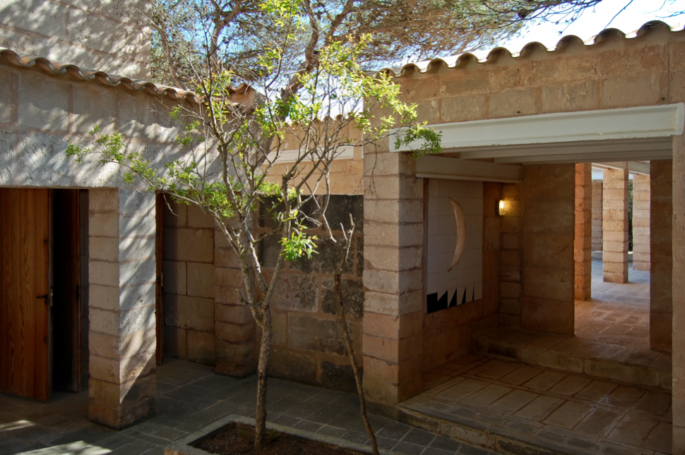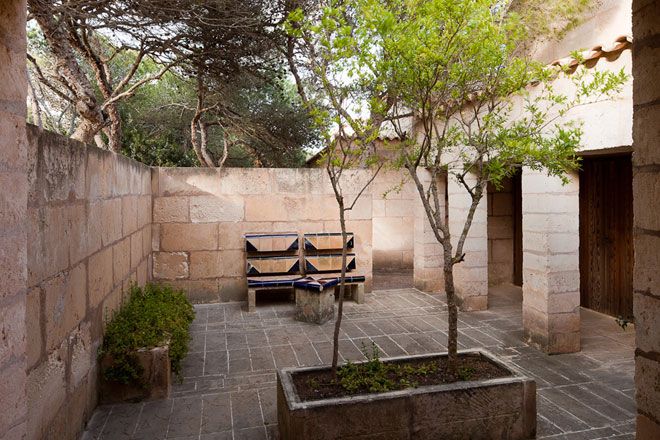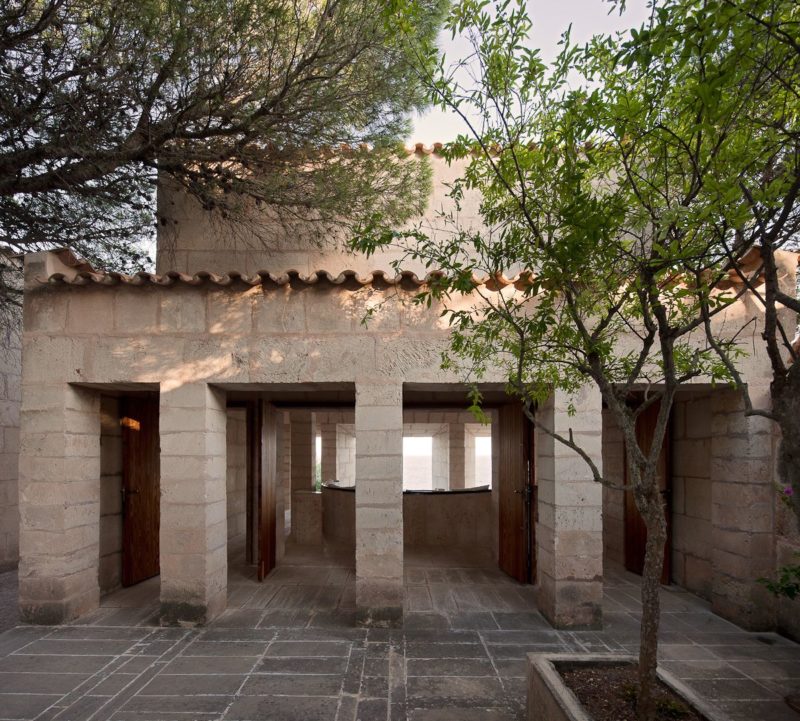However small your outdoor area, you can create the most charming space in the history of landscaping projects. All you have to do is avoid 10 common landscape design mistakes. Here’s how.
ADD POTS
Potted plants are accessories and, as with jewellery, less can be more. You wouldn’t wear all your jewellery like the Empress of All the Russias, in one airing. Nor should you group together mismatched pots of different styles and random sizes. Create a group of two or three pots of similar colours, materials, and size for harmony. Group them together in one place as they will invatiable be more than the sum of their parts. Add an evergreen shrub such as boxwood per planter to give each pot a strong silhouette.
Buy Small
It’s tempting to splurge on the biggest plants you can to make your garden look instantly established, especially if you are wanting privacy. But the price of impatience is high. A small plant will cost around one quarter of the price. After two or three years, you won’t see a difference.
FRAME A VIEW
Don’t pass up the opportunity to design a garden to be enjoyed from indoors. What’s the view through your window? It should frame the garden. Place focal points in strategic spots and create garden vignettes for each window.

Image via Remodelista
LEAVE ROOM TO BREATH
Plants grow. We all want to ignore spacing recommendations to avoid bare spots when planting a garden. But if you do, your garden beds will soon be crowded, forcing you to pull out plants you paid for not so long ago. It’s fine to see bare spots, especially in early spring.
REMEMBER THE FOUR SEASONS
Don’t make the mistake of limiting your plant choices to spring and early summer bloomers. Consider plants that look good year-round such as evergreen shrubs.
CELEBRATE SIMPLICITY
While it’s great to blur indoor and outdoor boundaries to increase your usable space, don’t turn your garden into just another living room. Remember you came outdoors because you want to experience nature. Do you really need indoor furnishings such as rugs and reading lamps in an outdoor space? Mossy brick underfoot makes a lovelier carpet than any woven material.
AVOID CURB REPEL
The opposite of curb appeal is a house with a cracked concrete path, peeling paint, and a dented mailbox. Stand in the street, face your house, and look at it with a critical eye. Do you need new house numbers? A glossy coat of paint on the front door? A new gate latch? Those are easy fixes that will make a big impact.

Image via Remodelista
CHOOSE COMFORT
Just because outdoor furniture needs to be durable doesn’t mean it should be uncomfortable. Weather resistant doesn’t have to be hard, scratchy, splintery, or cold. Choose chairs with wide seats and sofas deep enough to sink into with a good book. Be generous when it comes to padding: cushions add comfort. Arrange an outdoor seating area as if it were a living room. Make sure there are tables on which to set glasses and armrests on chairs.
CHOOSE A SERENE PALETTE
A good rule is to pick a three-color palette (plus white-flowering plants as an accent).
PARE DOWN THE LANDSCAPE
Don’t make the mistake of installing landscape materials that clash. Use the same colours, tones and textures for your house body, trim, woodwork, deck, stairs and pavers. Limit the number of materials you use. A sense of flow gives the impression of space.
FOCUS ON FOLIAGE
Don’t buy plants for their flowers. Buy plants for their leaves—texture, shape, colour—because their leaves are what you are going to see most of the year.


